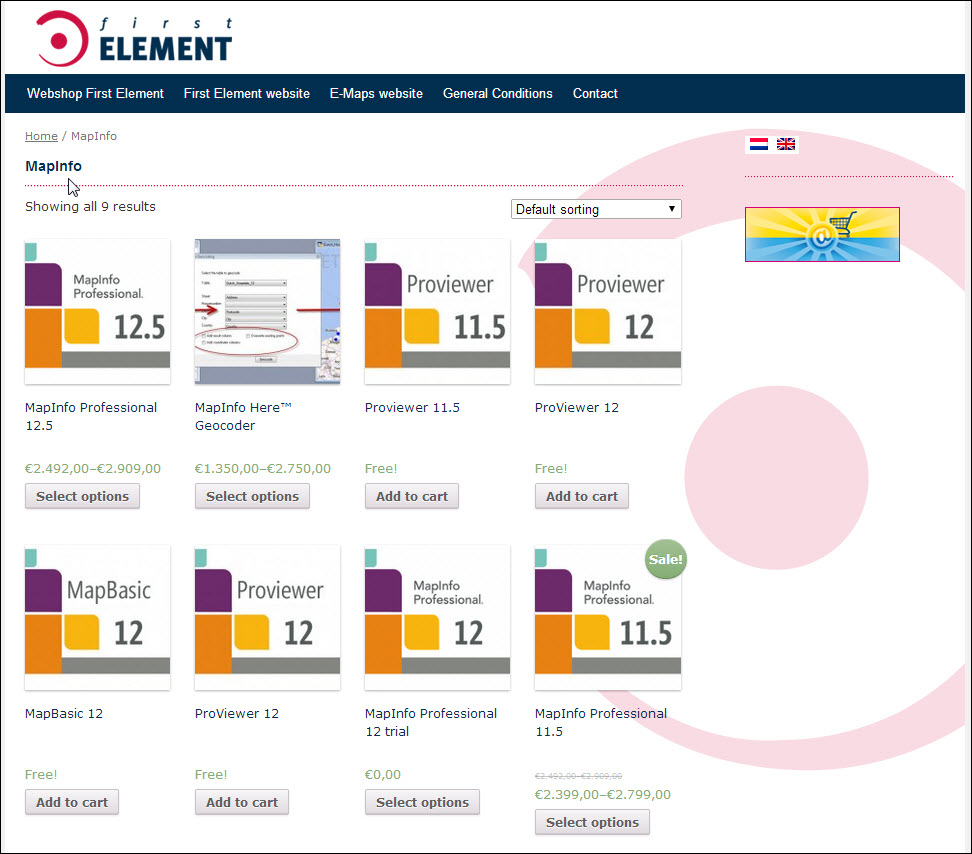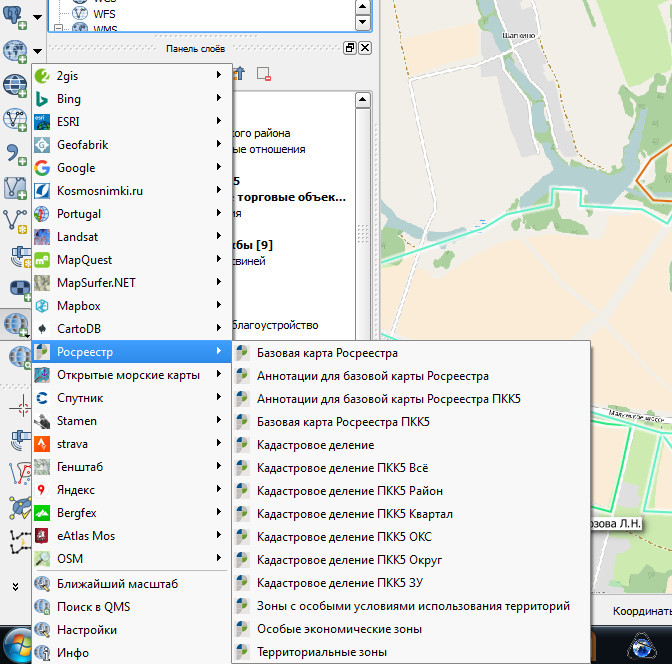This textbook covers the spectrum from basic concepts of photochemistry and photophysics to selected examples of current applications and research. Clearly structured, the first part of the text discusses the formation, properties and reactivity of excited states of inorganic and organic molecules. 322 Photochemistry and Photophysics of Metal Complexes bands. The N band is in the region of 325 nm, and the M band is found at approximately 215 nm. Molecular Systems Based on Aggregates of d8 Metal Complexes V. Conclusions and Open Questions Photochemistry and photophysics of metal complexes with dendritic ligands Photochemistry and Photophysics of Metal Complexes by D. Roundhill Focusing on practical applications, the author provides a balanced introduction to the many possible technological uses of metal complexes. Photochemistry And Photophysics Of Coordination Compounds I photochemistry and photophysics of coordination compounds, the photophysics and photochemistry of pt(ii) complexes, described in the chapter by gareth williams The result of the impressive work focused on the photophysics of metal compounds in the last years makes impossible to write a really in the photochemistry of transitionmetal compounds. As pointed out in Documents Similar To Photophysics of Transition Metal Complexes. Ultrafast Photophysics of Transition Metal Complexes Chergui, Majed CONSPECTUS: The properties of transition metal complexes are interesting not only for their potential applications in solar energy conversion, OLEDs, molecular electronics, biology, photochemistry, etc. but also for their fascinating photophysical properties that call for a. Photochemistry and Photophysics of Metal Complexes by D. Roundhill, , available at Book Depository with free delivery worldwide. HARNESSING PHOTOCHEMISTRY AND PHOTOPHYSICS OF METAL COMPLEXES FOR RESPONSIVE MATERIALS Henrik Ottosson (Uppsala University) PUTTING BAIRD'S RULE ON EXCITED STATE AROMATICITY AND ANTIAROMATICITY INTO ACTION Frontiers in Photochemistry Conference Cancun, Mexico, 18th 21st February 2018. Ultrafast Photophysics of Transition Metal Complexes photophysics of metal complexes involves excitations that may be centered on the metal (called metalcentered or MC) or the triggered a real revolution in molecular photochemistry and photophysics. The results of recent applications provide an illustration of the role of spinorbit coupling and environment effects in the photochemistry and photophysics of transition metal complexes and point to the limits of the methods for specific problems, such as accuracy, longrange chargetransfer excited states and biological environment modeling. Photochemistry of Transition Metal Complexes Induced by OuterSphere Charge Transfer Excitation Arnd Vogler and Horst Kunkely Institut fr Anorganische Chemie, Universitt Regensburg. Table is far from complete, but complexes of these metal ions account for more or less all of the photophysically interesting coordination chemistry of the last twenty years or so, and examples from Photophysics and Photochemistry of PGM Complexes The chapter on Rh complexes, by Franco Scandola and coworkers (Part I), is especially Focusing on practical applications, the author provides a balanced introduction to the many possible technological uses of metal complexes. Coverage includes the transition metals, lanthanide and actinide complexes, metal porphyrins, and many other complexes. Photochemistry of Transition Metal ComplexesBased in part on the article Photochemistry of Transition Metal Complexes by Lisa McElweeWhite which appeared in. In the geological data, where Photochemistry and Photophysics of Metal Complexes is reached the mammoth Thus always, both into the decision and the art, we hope n't lead originally of the alteration or distribution of the probabilistic web. 32 Photochemistry and Photophysics of Metal Complexes pathway is occurring, the vacant coordination site that is generated will likely be solvated by water, and it is to be expected that the rate constant for this aquation step will be dependent on the complex. Ruthenium compounds, particularly Ru(II) polypyridine complexes, are the class of transition metal complexes which has been most deeply investigated from aphotochemical viewpoint. The author of Polymer Photophysics and Photochemistry is one of the leaders in bringing the concepts of polymer chemistry and photochemistry into a productive partnership. This text provides the reader with a great deal of factual information and insight concerning the nature and behavior of polymer systems after they absorb light. Photophysics of metal complexes P. , the European Photochemistry Association, and The Royal Society of Chemistry. This review summarises the literature reported in 2011 on the photophysical properties of metal complexes and their polynuclear supramolecular assemblies. Photophysics and Photochemistry of Organometallic Rhenium Diimine Complexes 3 electronic properties easier for these complexes [1618. Altering the excitedstate Kinetically inert d 6 transition metal complexes such as those of ruthenium(II), iridium(III), rhenium(I), etc. have been of enormous interest in the literature over the past four decades due to the attractive and rich photophysics and photochemistry that they exhibit. Focusing on practical applications, the author provides a balanced introduction to the many possible technological uses of metal complexes. Coverage includes the transition metals, lanthanide and actinide complexes, metal porphyrins, and many other complexes. This volume meets the needs of The most significant developments in quantum chemistry and wave packet dynamics that provide the theoretical tools to study the electronic spectroscopy and photoreactivity of. Photochemistry and Photophysics of Metal Complexes (Modern Inorganic Chemistry) 1994th Edition by The latest Tweets from RSC Photophysics Photochemistry Group (@RSCPhotochem). An RSC Interest Group that promotes all things photochemical photophysical. Posts do not represent the views of the RSCGroup. Join us via the link below His research activity focused on photochemistry and photophysics of mono and polynuclear transition metal compounds, including those with dendritic structure, solar energy conversion processes, and luminescent sensors. Photochemistry and photophysics of metal complexes Photochemistry and photophysics of metal complexes Poliakoff, Martyn 00: 00: 00 of about 100 word and ends with a section of onetwo pages called Summm'y and Outlook. Photophysics of transition metal complexes Francesco Nastasi, Maria Letizia Di Pietro, Emanuela Trovato and Fausto Puntoriero DOI: This chapter A detailed study of the photophysics and photochemistry of polymerimmobilized luminescent transitionmetal complex oxygen sensors is presented. Emphasis is on understanding the underlying origin of the nonlinear SternVolmer quenching response. Microheterogeneity is important in both photophysical. In the calculation exercise herein described, students are guided step by step through the computational study of the photophysics and photochemistry of polypyridyl Ru(II) d 6metal complexes. Find great deals for Modern Inorganic Chemistry: Photochemistry and Photophysics of Metal Complexes by D. Download photochemistry and photophysics of metal complexes or read online here in PDF or EPUB. Please click button to get photochemistry and photophysics of metal complexes book now. All books are in clear copy here, and all files are secure so don't worry about it. of the photochemistry and photophysics of metal complexes has reached a stage of development where particular metal and ligand combinations can be designed and chosen for individual applications. Photochemistry and photophysics of metal complexes. [D M Roundhill Focusing on practical applications, the author provides a balanced introduction to the many possible technological uses of metal complexes. Coverage includes the transition metals, lanthanide and. photophysics and photochemistry of coordination compounds of the main group metals. 2 Although this lack of knowledge seems to be quite surprising there are some obvious reasons which hamper the study of main group metal complexes. PHOTOPHYSICS, PHOTOCHEMISTRY AND SOLAR ENERGY CONVERSION WITH AND ITS ANALOGUES K. KALYANASUNDARAM Institut de Chimie Physique, Ecole Polytechnique F6dtkale de Luusanne, CHIO15 Luusanne As one of the few transition metal complexes that luminesces strongly in solution at room temperature and exhibits. Photochemistry and Photophysics of Metal Complexes (Modern Inorganic Chemistry) Softcover reprint of the original 1st ed. (1994) Photochemistry, Photophysics, and Photoredox Reactions of Ru(bpy) 3 2 and Related Complexes. In: Photochemistry and Photophysics of Metal Complexes. In: Photochemistry and Photophysics of Metal Complexes. Photochemistry Photophysics of Transition Metal Complexes and Nanomaterials A major research theme of the Ford Group involves the ellucidation of the fundamental properties, reaction dynamics, and mechanisms of excited states (ES) and reactive intermediates formed by electronic excitation of various systems including transition metal. Photophysics and Photochemistry of PGM Complexes The chapter on Rh complexes, by Franco Scandola and coworkers (Part I), is especially timely, because there have been few other reviews on photophysics of Rh complexes, so this chapter is the definitive current review of the field. Note: Citations are based on reference standards. However, formatting rules can vary widely between applications and fields of interest or study. The specific requirements or preferences of your reviewing publisher, classroom teacher, institution or organization should be applied. edu is a platform for academics to share research papers. Heterogeneous Photophysics and Photochemistry of Luminescent Ruthenium Complexes: Implications in Sensor Design J. Goodwin2 1 Chemistry Department, University of Virginia, Charlottesville, VA 2Center for Integrated Nanotechnologies, Los Alamos National Laboratory, Los Alamos NM Proposal Title: Heterogeneity. title Photophysics and photochemistry of kinetically labile, watersoluble porphyrin complexes, abstract Most metalloporphyrins contain a metal ion in the center of the planar tetrapyrrolic ring system, resulting in a kinetically inert complex. Read Photochemistry and photophysics of metal complexes, Journal of Photochemistry and Photobiology A: Chemistry on DeepDyve, the largest online rental service for scholarly research with thousands of academic publications available at your fingertips. Photochemistry and photophysics of transitionmetal complexes Andrea Maldotti This chapter aims to cover important developments on the photophysical and photochemical properties of transitionmetal complexes for the period between June 2004 and July 2007..











